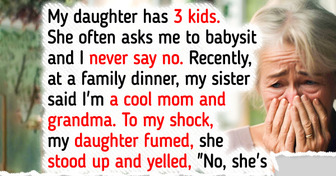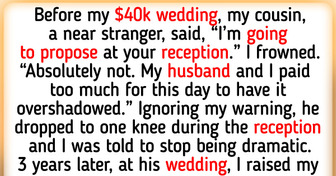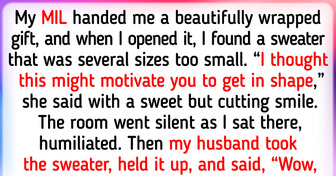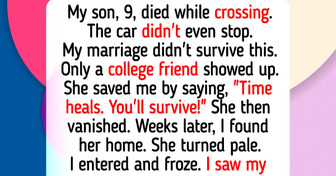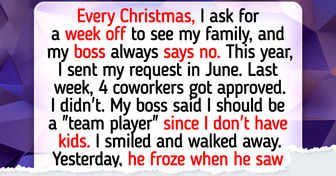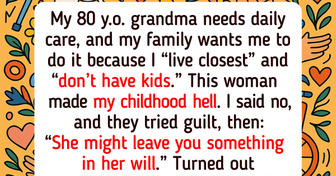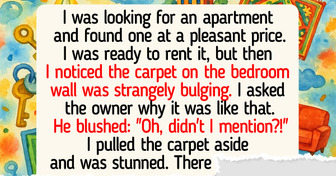"Post-Divorce Facelift!" Jennifer Lopez Leaves People Speechless in Latest Appearance

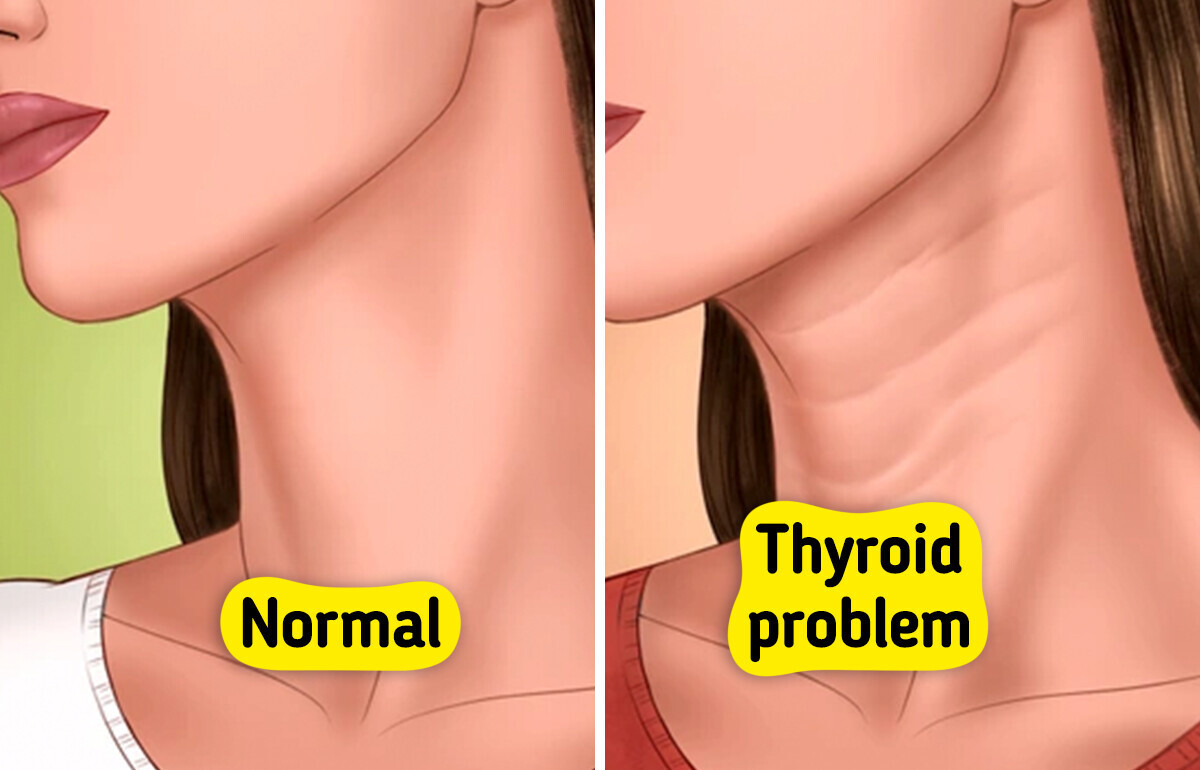
The human body is a complex, interconnected system—when one part is out of sync, others often feel the impact.
Instead of staying silent, your body sends subtle (and sometimes not-so-subtle) signals to let you know something’s wrong. Learning to recognize these signs can help you identify underlying issues early and take steps to bring your body back into balance.
CONTENT IS PROVIDED FOR INFORMATIONAL PURPOSES ONLY AND IS NOT INTENDED AS A SUBSTITUTE OF MEDICAL ADVICE. SEEK GUIDANCE OF YOUR DOCTOR REGARDING YOUR HEALTH AND MEDICAL CONDITIONS.
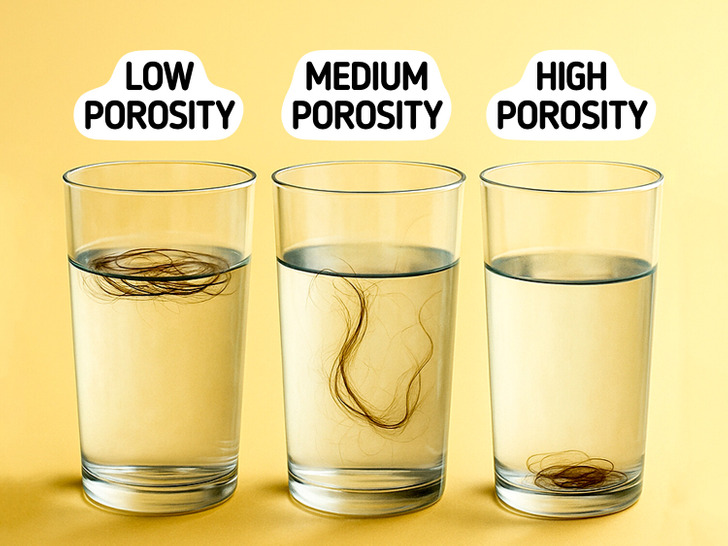
Wondering if your hair has high porosity? Here’s a quick test:
Drop a clean, dry strand of hair into a glass of water. If it sinks quickly to the bottom, your hair likely has high porosity—meaning it soaks up water and products fast, dries quickly, but often feels dry, rough, or frizzy.
To care for high-porosity hair, reach for rich, moisture-locking products like oils and butters. These heavier ingredients help seal hydration in. Adding a deep conditioning treatment once a week can also strengthen strands and improve softness and manageability.
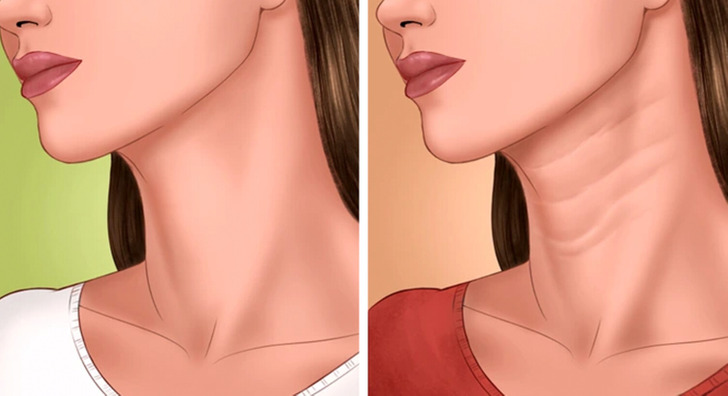
Deep wrinkles might be more than just a cosmetic concern—they could be a sign of something happening beneath the surface.
In postmenopausal women, declining estrogen levels can weaken bones over time. One surprising early indicator of reduced bone density and a higher risk of fractures is the appearance of pronounced neck wrinkles. To help maintain bone strength and prevent osteoporosis, calcium and vitamin D supplements are often recommended.
These wrinkles may also point to an underactive thyroid. When thyroid function slows down, it can cause subtle changes in the skin, including increased wrinkling and dryness. Thyroid hormones also play a role in collagen production, which is essential for firm, youthful skin.
Paying attention to these early signs and consulting a healthcare provider can help detect and treat underlying issues before they become more serious.
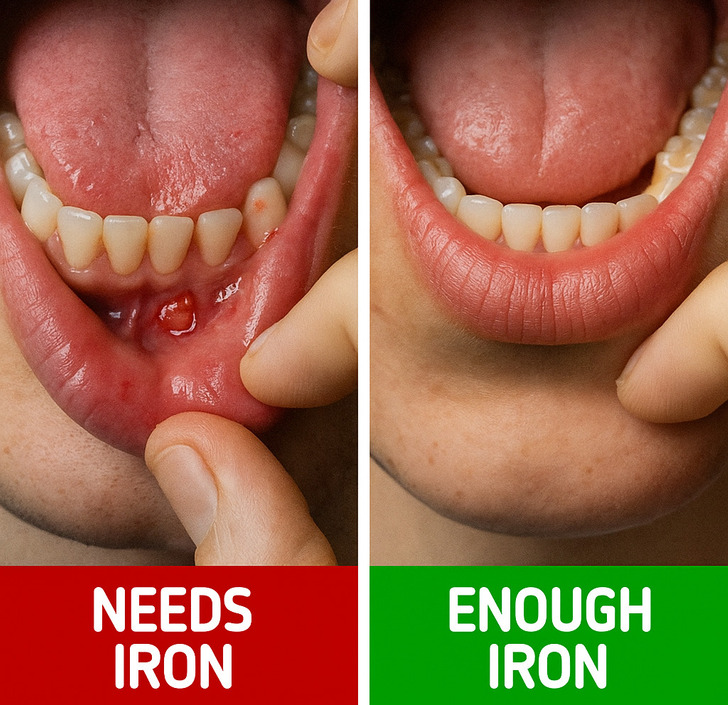
Mouth ulcers are often caused by everyday triggers like smoking, allergies, accidental tongue biting, or inflammation.
But if none of these apply, the root cause could be a deficiency in vitamin B12, iron, or folate—nutrients essential for red blood cell production and tissue repair. These deficiencies tend to develop slowly over time, making them easy to overlook.
Additional signs to watch for include fatigue, dizziness, muscle weakness, and an irregular heartbeat. If you’re noticing these symptoms alongside recurring ulcers, it’s important to adjust your diet and consider supplements to help restore balance and support your overall health. Consulting a healthcare provider can guide you toward the right solution.
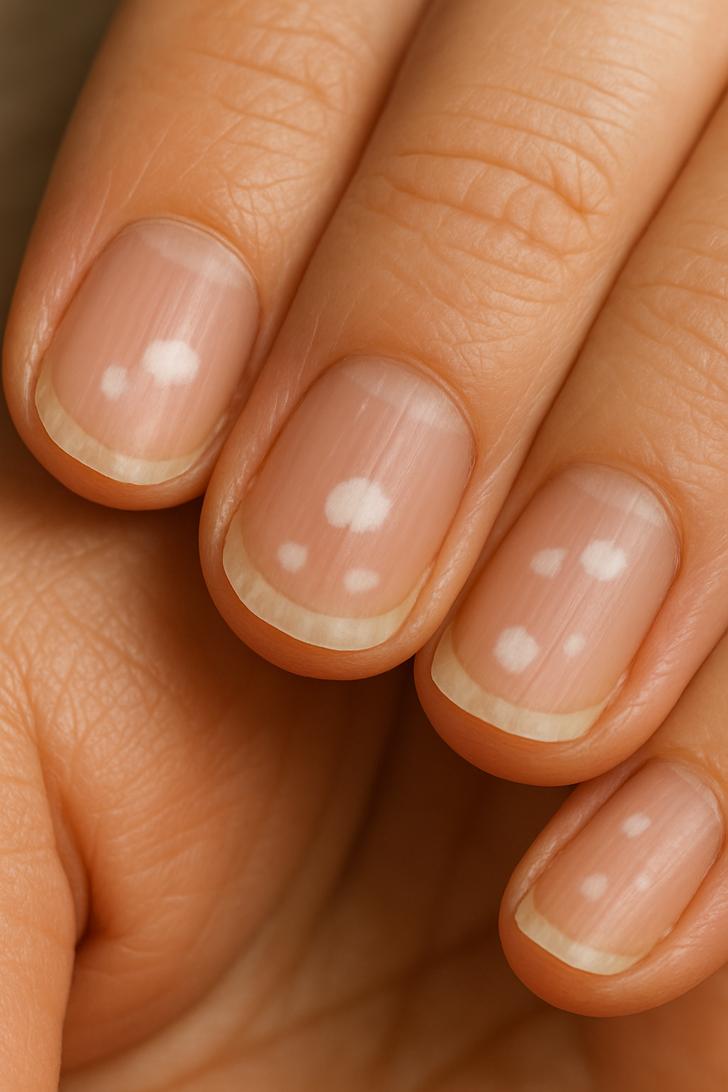
Peeling nails and dry, flaking cuticles are often signs of iron deficiency or dehydration.
If left untreated, iron deficiency can lead to anemia, which may cause more serious symptoms like fatigue, shortness of breath, or even chest pain. Other possible causes of weak or unhealthy nails include an underactive thyroid, lung conditions, or kidney disease.
To support nail health at home, focus on an iron-rich diet (like leafy greens, legumes, and red meat) and keep your nails well-moisturized with nourishing oils or creams.
Noticing white spots on your nails? These could result from:
Allergic reactions (e.g., nail polish)
Minor injuries
Fungal infections
Mineral deficiencies—especially low zinc or calcium
If you suspect a nutritional cause, a simple blood test can help identify the deficiency so you can take targeted action with the right supplements or dietary adjustments.
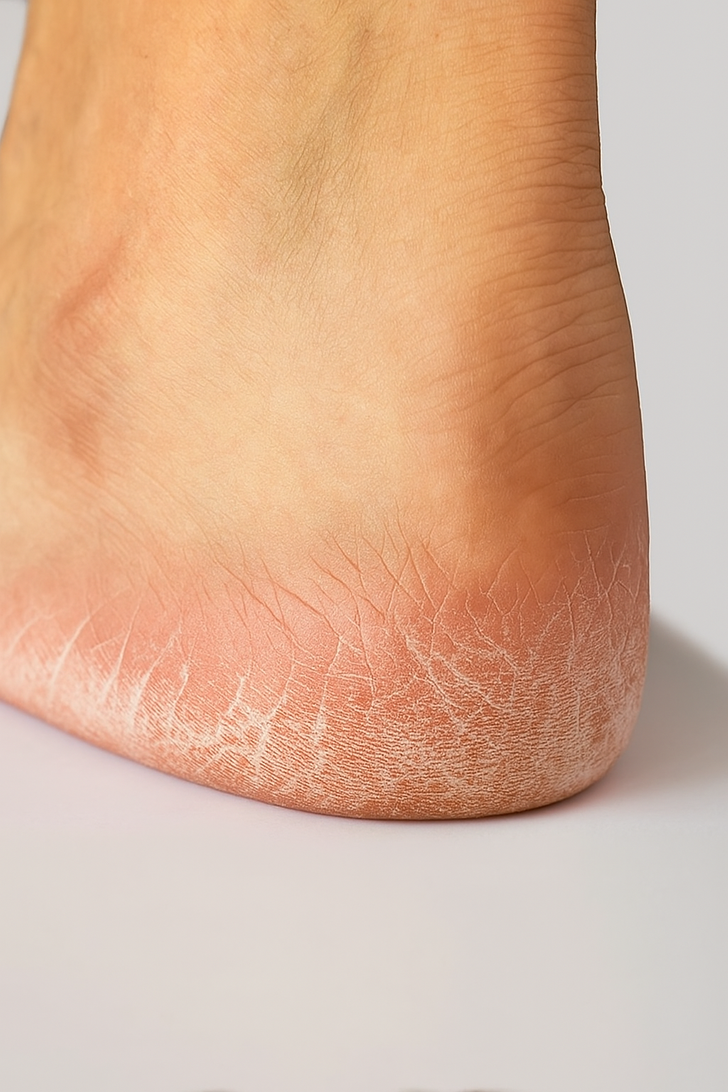
Cracked heels are often caused by dry skin, cold weather, or standing for long periods.
But in some cases, they may indicate underlying health conditions like eczema, hypothyroidism, or diabetes. If left untreated, severe cracks can lead to pain, bleeding, or infection.
To treat cracked heels at home, soak your feet in warm, soapy water for 15–20 minutes, gently exfoliate with a pumice stone, and apply a thick moisturizer containing ingredients like lactic acid, jojoba oil, or shea butter.
If you don’t see improvement with home care, it’s best to consult a doctor or podiatrist, who may recommend medicated creams or other treatments.
For prevention, adopt a simple heel-care routine: inspect your feet daily, wash and moisturize regularly, and wear well-fitting, supportive shoes to protect your skin from further damage.

Rosacea is a common skin condition—and the leading cause of facial redness in specific areas—affecting around 14 million people in the United States.
It typically appears in adults over 30, especially those with fair skin, and is rarely seen in children.
The most recognizable symptoms include facial flushing, persistent redness, acne-like bumps, and visible blood vessels. In some cases, rosacea can also cause eye irritation, skin thickening, or facial swelling.
Treatment often involves topical or oral medications prescribed by a dermatologist to reduce inflammation and manage flare-ups. For more advanced cases, laser therapy may be recommended to minimize visible blood vessels and improve overall skin texture and appearance. Early diagnosis and consistent care are key to keeping symptoms under control.
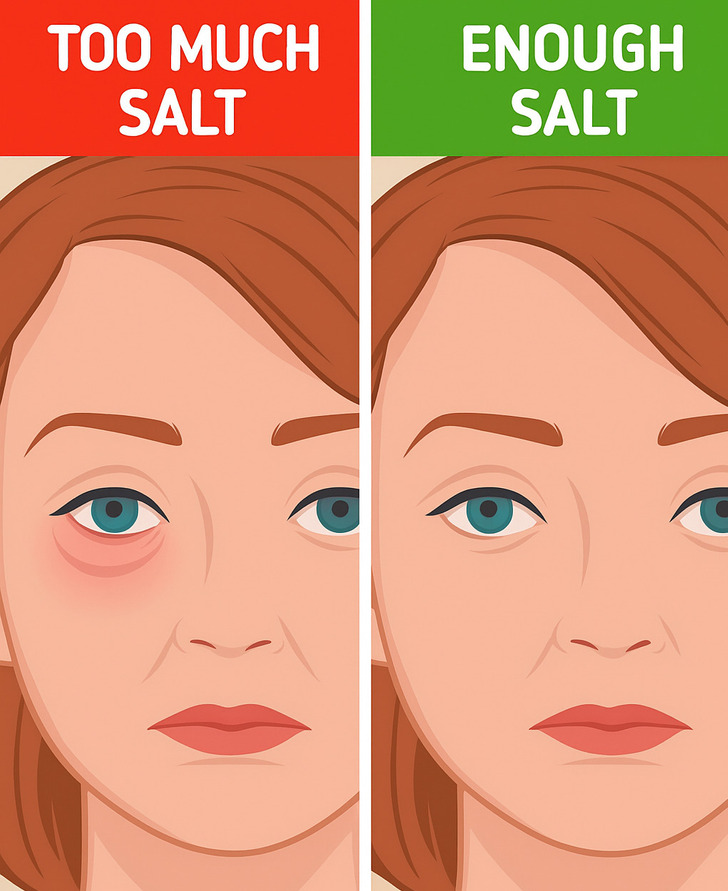
If your eye is swollen and it’s not due to an infection or allergies, the most likely cause could be excess salt in your diet.
High sodium intake causes the body to retain water, which can lead to puffiness—especially around the eyes. To reduce swelling, try cutting back on salt and increase your potassium intake through foods like bananas, spinach, or sweet potatoes.
Other possible causes of swollen eyes include Graves’ disease, a blocked tear duct, smoking, or simply lack of sleep.
Once you identify the underlying cause, you can try gentle home remedies like cold compresses, used tea bags, or light facial massage to reduce puffiness.
But if the swelling continues despite your efforts, it’s important to see a doctor to rule out more serious conditions and receive the right treatment.
Tuning into these subtle signs can help you spot underlying health issues before they escalate.
Your body is always communicating—listening to it early on can make a big difference in protecting your long-term health and well-being.
8 Signs Your Body Might Be Telling You’re Lactose Intolerant
12 Ways Your Body May Be Telling You That You Have Gluten Sensitivity



